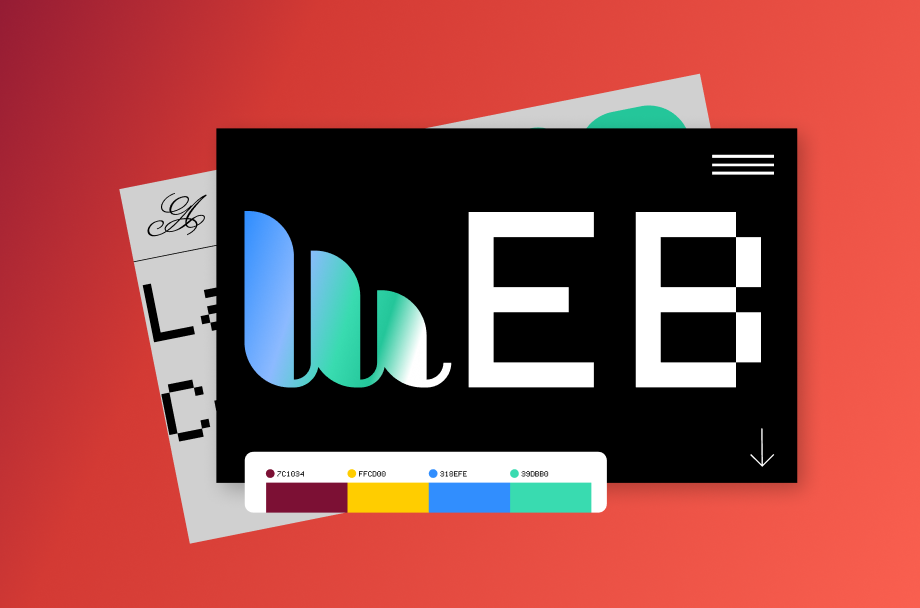In today’s digital landscape, a website’s design is more than just aesthetics—it plays a crucial role in search engine rankings. Many businesses focus on content and keyword optimization but often overlook how web design elements impact SEO. Factors such as site speed, user experience, and mobile responsiveness directly affect search engine rankings. Without a well-structured design, even the best content may fail to reach its target audience. Companies looking to enhance their online presence should consider professional SEO services Sugar Land to ensure their website is both visually appealing and search-engine friendly.
The Impact of JavaScript and CSS on SEO
- Excessive JavaScript Slows Down Load Times: Heavy scripts require longer rendering times, leading to poor user experience and lower rankings. When JavaScript is not optimized, it increases the time it takes for a page to fully load, causing visitors to leave before they interact with content.
- Blocking Important Content from Crawlers: If crucial content is hidden behind JavaScript, search engines may not index it properly. Googlebot sometimes struggles with executing JavaScript, making it crucial to ensure essential content is visible in HTML.
- Unminified CSS and JavaScript Increases Page Size: Large CSS and JS files can negatively impact load speed. Minifying and combining files reduces unnecessary code, making it easier for browsers to render pages efficiently.
- Render-Blocking Scripts Affect First Contentful Paint (FCP): Delayed page rendering frustrates users and negatively affects SEO. Deferring non-essential JavaScript can significantly improve load speed and enhance user experience.
- Lazy Loading for Better Performance: Implementing lazy loading ensures that images and scripts only load when needed, improving speed and usability. This technique helps prioritize the most important content while deferring less critical elements.
The Power of Minimalist Design
- Faster Page Load Speed: Minimalist designs remove unnecessary elements, reducing load time and improving SEO. By focusing on essential components, websites can load faster, keeping users engaged and improving search rankings.
- Improved Mobile Friendliness: Simple designs adapt better to mobile screens, a crucial factor for Google’s mobile-first indexing. Mobile users appreciate intuitive navigation and clear layouts, which contribute to a positive browsing experience.
- Better User Experience (UX): A clear and structured layout improves navigation, leading to longer session durations and lower bounce rates. When users can quickly find what they need, they are more likely to stay on a website and convert.
- Focus on Core Content: A well-organized design highlights important information without distractions, making it easier for search engines to determine page relevance. Content hierarchy helps users scan information effectively and encourages interaction.
- Enhanced Readability: Well-spaced typography and a clean color palette improve content consumption and accessibility. Users are more likely to engage with text that is easy to read, improving on-page SEO metrics.
Using Proper Heading Tags & Content Hierarchy
- H1 Tags Define the Main Topic: Each page should have a single H1 tag that clearly represents its main subject. Search engines prioritize H1 tags when determining a page’s topic, making it crucial for keyword placement.
- H2 and H3 Tags Create a Logical Flow: Subheadings help structure content, improving readability and SEO. A well-structured page keeps users engaged and allows them to navigate information easily.
- Keyword Optimization in Headings: Including primary keywords in headings improves search engine visibility. However, keyword stuffing should be avoided to maintain natural readability.
- Better Accessibility: Properly formatted headings make content easier to navigate for screen readers and assistive technologies. Accessible content improves user experience and expands audience reach.
- Avoiding Overuse of Heading Tags: Excessive H1 or unstructured headings can confuse both users and search engines. A logical hierarchy helps both readers and search engines understand page content efficiently.
Image Optimization for Speed and SEO
- Use Compressed Images: Tools like TinyPNG or WebP formats reduce file size without sacrificing quality. Optimized images improve site speed, which is a key ranking factor.
- Alt Text for SEO and Accessibility: Adding descriptive alt text helps search engines understand image content and improves accessibility. If a picture doesn’t load, the alt text can be used as a backup.
- Responsive Images for Mobile Optimization: Ensuring images adjust based on screen size enhances user experience. Mobile users expect images to be clear but not excessively large, which can slow down load times.
- Lazy Loading to Improve Load Times: Loading images only when they appear on-screen reduces initial page load times. This technique prioritizes visible content while delaying the loading of off-screen elements.
- Proper File Naming Conventions: Using keyword-rich, descriptive file names improves image search rankings. Search engines use filenames as additional context for indexing.
Avoiding Flash and Heavy Animations
- Google No Longer Supports Flash: Flash-based content is not indexed, making it invisible to search engines. Modern alternatives like HTML5 provide better functionality and compatibility.
- Heavy Animations Increase Load Time: Unoptimized animations can lead to performance issues and high bounce rates. Large animations consume resources, slowing down page speed and negatively impacting SEO.
- Mobile Compatibility Issues: Flash content does not work on most mobile devices, affecting user experience. With the rise of mobile-first indexing, avoiding outdated technology is essential for maintaining rankings.
- Alternatives Like HTML5 and CSS3: Using modern coding standards ensures fast and responsive animations. These alternatives provide smoother effects while maintaining website speed.
- Reducing Unnecessary Motion Effects: Simple, subtle animations can enhance UX without negatively impacting performance. Overly complex animations can distract users and slow down interactions.
Conclusion
Web design directly influences SEO performance, affecting everything from page speed to user engagement. Businesses must prioritize clean, optimized, and user-friendly designs to enhance their search rankings. Elements like proper heading structures, minimalist layouts, and image optimization all contribute to a well-optimized website. Ignoring these factors can result in lower search visibility and poor user experience. By implementing strategic design choices, businesses can create visually appealing sites that also perform well in search results. For businesses looking to improve their website’s SEO potential, investing in Sugar Land web design services can provide the expertise needed to create a search-engine-friendly and high-performing site.


